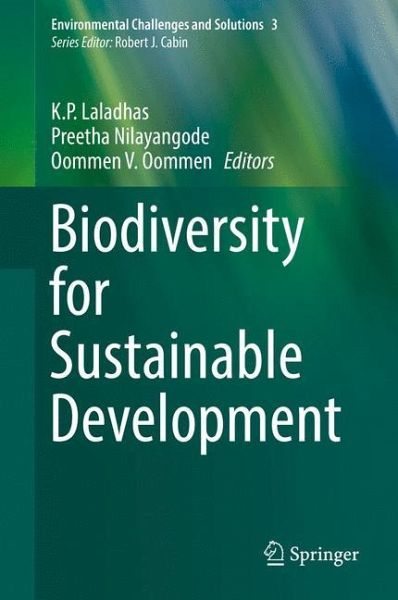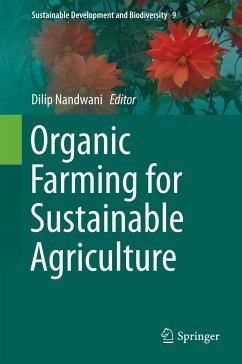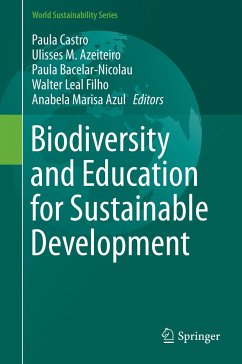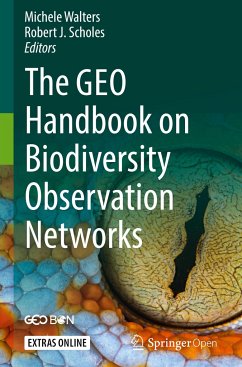
Biodiversity for Sustainable Development

PAYBACK Punkte
49 °P sammeln!
Divided into three sections, this book explores the three main pillars of sustainable development, namely economy, environment and society, and their interlinkages at the regional level. The first section, Access and Benefit Sharing (ABS) for sustainable development, focuses on international agreements and national legislation, as well as the challenges in implementing ABS in e.g. India. In turn, the second section examines the process of forming Biodiversity Management Committees (BMCs) at the Local Self Government (LSG) level to promote environmental sustainability, highlighting local and co...
Divided into three sections, this book explores the three main pillars of sustainable development, namely economy, environment and society, and their interlinkages at the regional level. The first section, Access and Benefit Sharing (ABS) for sustainable development, focuses on international agreements and national legislation, as well as the challenges in implementing ABS in e.g. India. In turn, the second section examines the process of forming Biodiversity Management Committees (BMCs) at the Local Self Government (LSG) level to promote environmental sustainability, highlighting local and community-level conservation initiatives that have led to the conservation of habitats and species.
The third section addresses poverty eradication and food security. The case studies included demonstrate how the combination of traditional knowledge and modern techniques can enhance the productivity of traditional crop varieties, yielding greater benefits for communities.
The aim of this volume is to disseminate the lessons learned from these case studies, as well as the findings from projects already in place, which can offer recommendations that can be applied to similar problems elsewhere in an attempt to find environmental solutions for sustainable development. Further, it introduces readers to new approaches to inclusive development, demonstrating that participation and grass root empowerment are key drivers of equitable and sustainable development.
The third section addresses poverty eradication and food security. The case studies included demonstrate how the combination of traditional knowledge and modern techniques can enhance the productivity of traditional crop varieties, yielding greater benefits for communities.
The aim of this volume is to disseminate the lessons learned from these case studies, as well as the findings from projects already in place, which can offer recommendations that can be applied to similar problems elsewhere in an attempt to find environmental solutions for sustainable development. Further, it introduces readers to new approaches to inclusive development, demonstrating that participation and grass root empowerment are key drivers of equitable and sustainable development.












